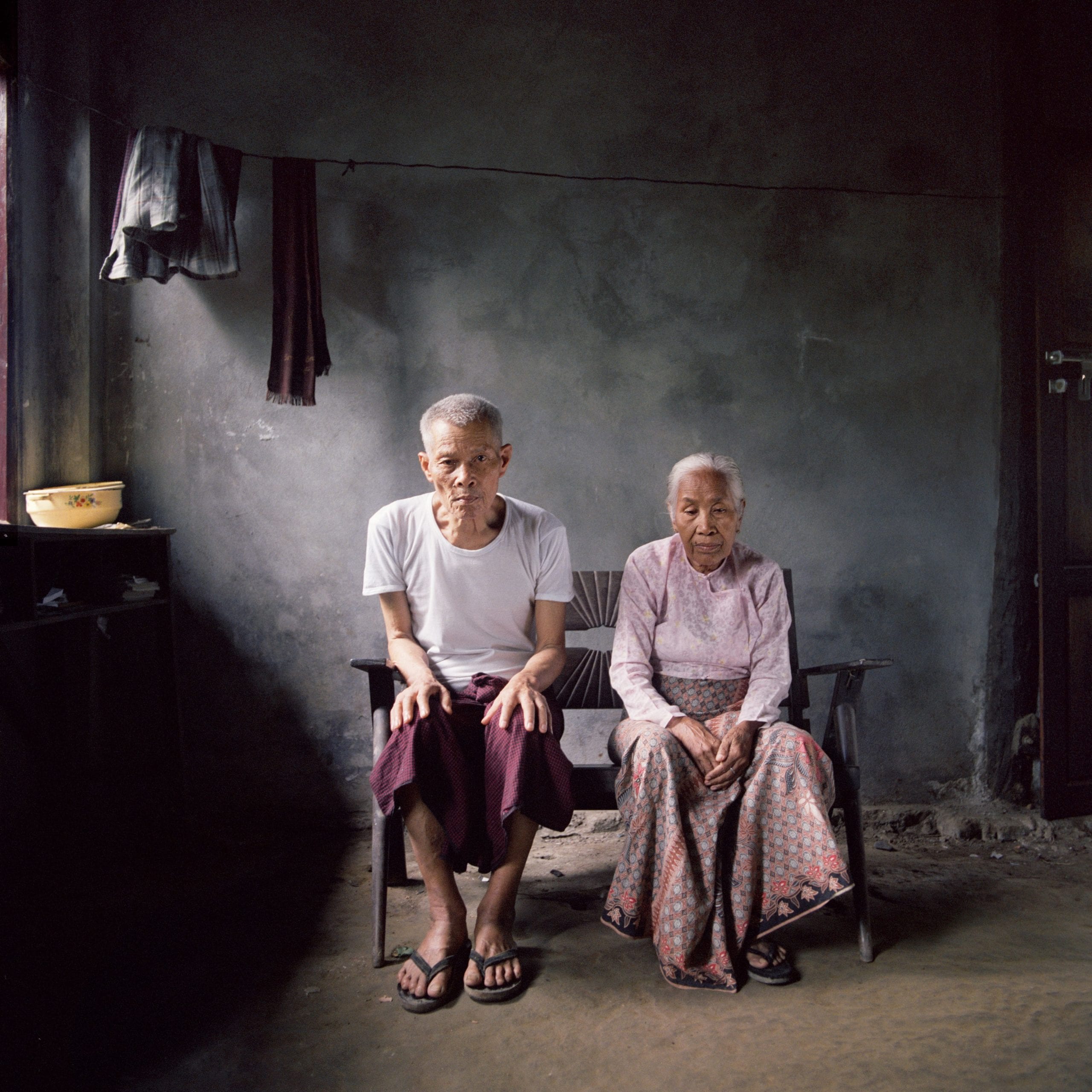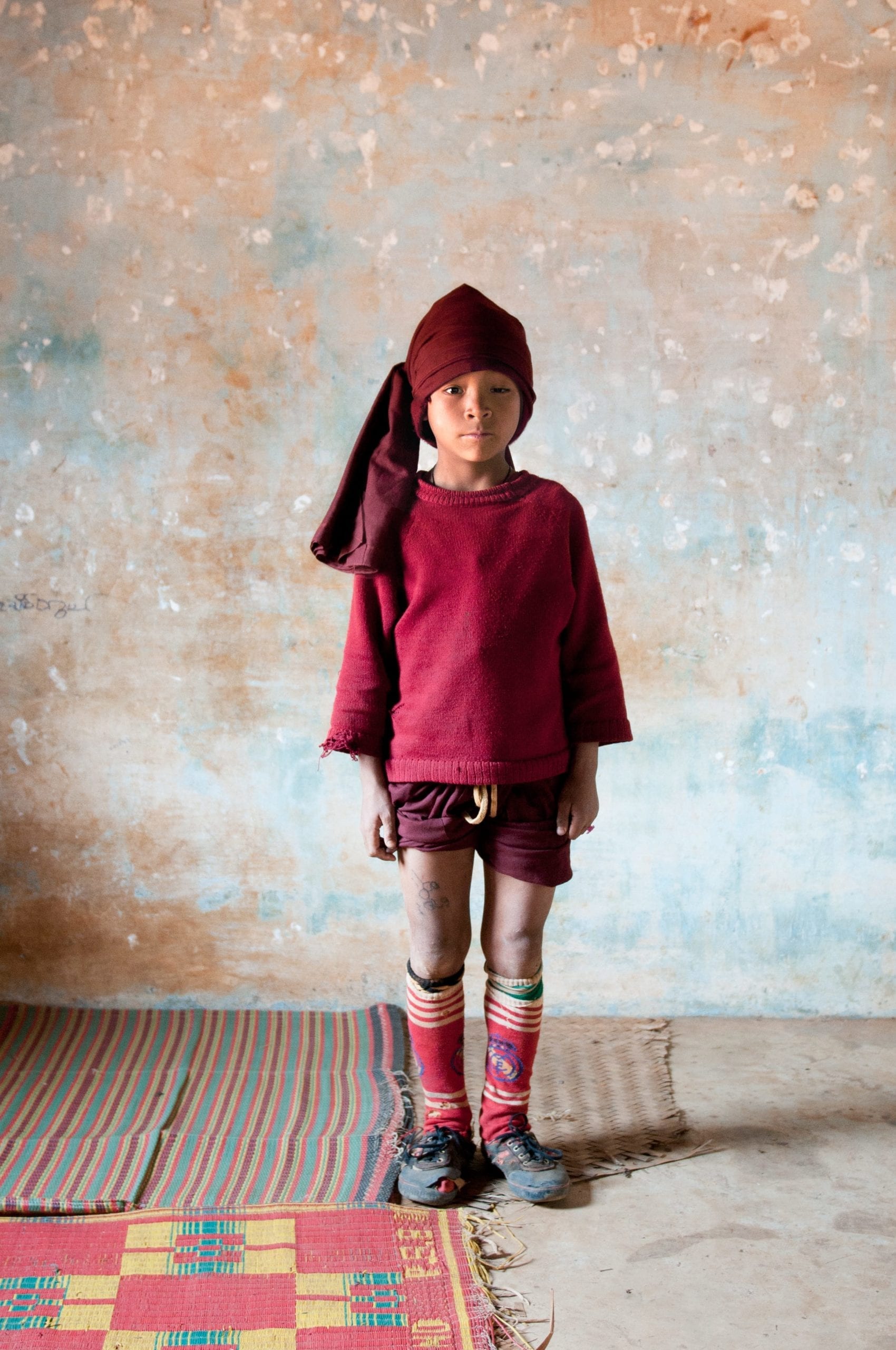“I wanted to document life in Burma by capturing a visual time capsule of the country, a country largely closed off from the outside world and largely untouched, but not for much longer,” says Clarisse d’Arcimoles of her new series Myanmar to Burma: Portraits of Change.
In 2012, after half a century of repressive military junta rule, Burma reopened its borders to the outside world. A rapidly changing country about to have its first democratic election in November, d’Arcimoles, a French documentary photographer and fine artist, immersed herself in its culture to produce images of a people presenting itself to the outside world for the first time in decades.
She first travelled to Burma in the spring of 2014, when she organised an art competition to sponsor Burmese art through social media and exhibitions. In 2015 Clarisse decided to return in order to pursue her own photography project. “I immersed myself into the Burma of today, inside the homes which until recently were shut to outsiders, and in border towns amongst hill tribe villages and their monasteries,” she says.
Through staying with friends she’d made on her previous trip, she managed to gain access to parts of the country that are usually off-limits. “They helped me organise my trip through their contacts. This time it was quite easy for me and quite open, whilst beforehand it had been very difficult. It was like all the doors to houses were now open and anything was possible.”
Through her extensive travels, Clarisse produced a body of portraits of the Burmese people – from monks to elderly wealthy women to children to artists.
A particularly striking example is a portrait of a husband and wife in Rakhine State, sitting on a bench, both with grey hair and deeply wrinkled skin. “They were teachers and they had worked their entire lives to build a concrete house. Here, their house is very new but they are very old. Rakhine is very poor, but they were beautifully dressed and had dressed themselves for this occasion.”
Another captures a young Rohingya girl who looks into the camera through large eyes from beneath a heavy bag of rice on her head. A persecuted race in Burma, the Rohingya are ghettoised and racially segregated, often fleeing as illegal migrants to Malaysia or Thailand.
“I met this young Rohingya girl carrying this heavy bag of rice at the market in the closest village at the border of Bangladesh in Rakhine State,” Clarisse says. “With no hope for a decent life, she had fled across the border and converted to Christianity. To be a Christian Rohingya is to be an outcasts among outcasts.”
In contrast, she also took a series of portraits of people attending the joyful and celebratory annual water festival in Yangon, until recently Burma’s capital.
An annual event to celebrate the new year, all citizens have a week off work and all shops are closed. Between the hours of 8:00am and 6:00pm, the city-dwellers throw water onto one another in celebration, while dancing to music in the streets. “They drain the lake of litres and litres of water, and throw it right in your face,” she says.
A week of liberation and celebration, it’s also a time of freedom in fashion. “The girls wear more makeup and mini-shorts in a Western style and the boys dress in a really contemporary way. I think Burma is very innocent in a way, despite the dictatorship. It is strange to think that in a country where people are so oppressed, they are so happy in this week. They bring the good.”
Juxtaposed to these contemporary shots are images of young monk chinlone players – a traditional non-competitive Burmese sport that involves kicking a ball in a beautifully choreographed way. Wearing bright yellow, red and orange robes, the monks’ dress is timeless. “They started to play at about six when the sun set, and change into their outfits, removing socks, wearing double socks and changing their shoes. They were so proud of the way they were posing in their outfits.”
Clarisse has produced images of a people on the brink of social, economic and political change, one that has faced decades of suffering and persecution. This year’s general election will be the first democratically held in Burma, and will allow the Nobel Peace Prize winner Aung San Suu Kyi’s party The National League of Democracy to run against the military.
As Clarisse said: “This series of photographs documents the life of the Burmese population as well as the hopes and suffering of a period oppression that has now come to an end.”
The winds of change – yet again – are to blow through Burma.
Find more of Clarisse’s work here.
Enter the BJP International Photography Awards 2016 for the chance to have your work shown at TJ Boulting, one of London’s most innovative galleries. For more details and to enter, visit www.bjpipa.com



